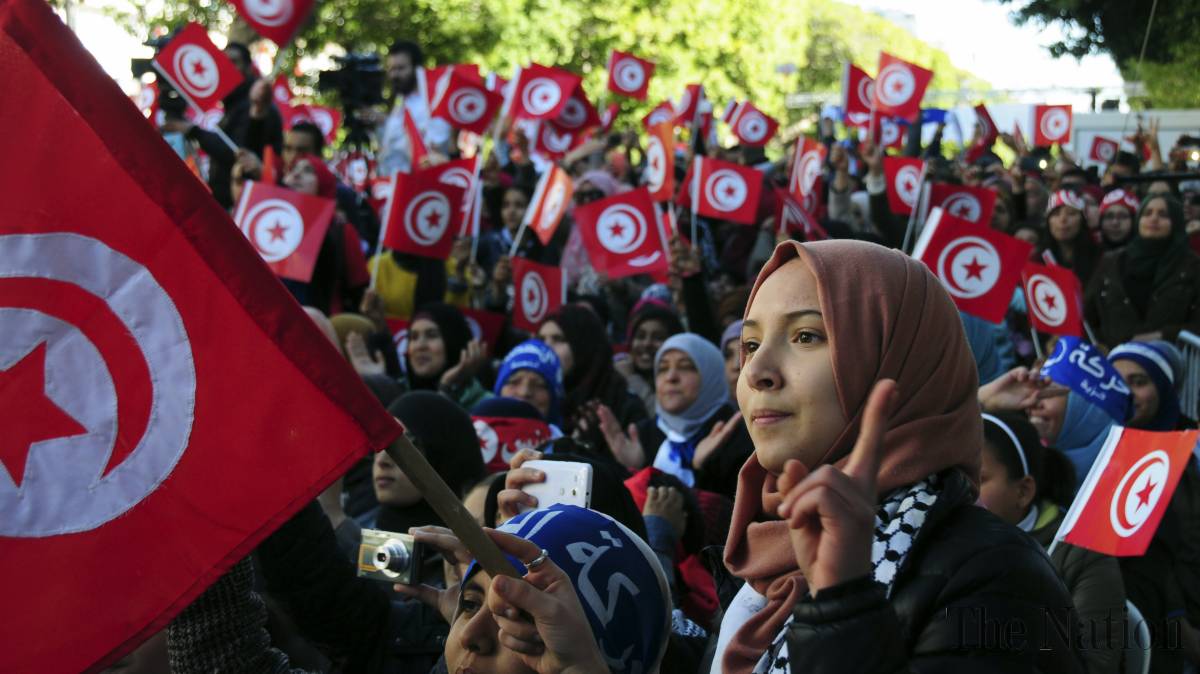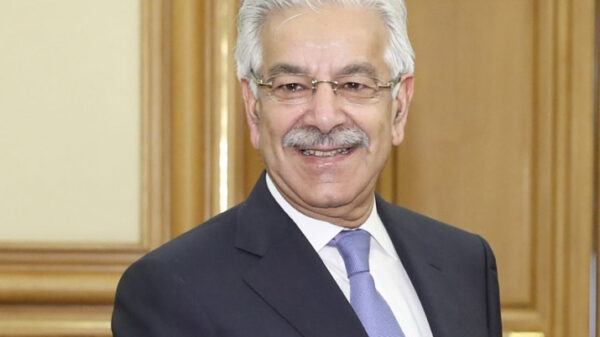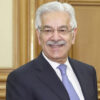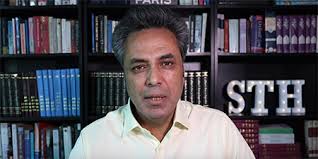Article by: Ibrahim Moiz (Ibrahim Moiz is a writer on politics and history. He graduated from the University of Toronto and studies modern history in the Muslim world, particularly in Afghanistan and Syria)
A decade has passed since the beginning of the uprisings that convulsed the Middle Eastern region and defined the 2010s. Like a line of dominoes, revolt after revolt rocked the region’s largely autocratic regimes in 2010-11, and a new string began in the late 2010s. The full consequences are as yet unclear, but the foretaste in the 2010s has been dramatic enough – from democratic transition to a brutal war. Both proponents and opponents of the uprisings have coined macro narratives – respectively cheering a popular awakening among the Arab-majority societies, or bemoan- ing the instability and violence of a supposedly backward people that only an iron fist could suppress. Yet the contexts of different countries hit by the “Arab Spring” varied enormously. This article will review their actual record.
At the turn of the decade, the region was ruled by a variety of regimes, that ranged from foreign-protected rentier monarchies – such as the Gulf states – to officially “republican” dictatorships dominated by security apparatuses – such as Algeria, Tunisia, Libya, Egypt, and Syria. Theoretically democratic Lebanon was in fact divided into a highly corrupt and unstable confessionalist system, as was Iraq – which, with such a system force-fed by an American bayonet, was additionally at war. Also intermittently at war were Yemen and Sudan, whose relatively weak military regimes faced threats from regionalist or ideological opponents and reacted with a mixture of cooption and force.
Insofar as there was any common regional factor, it was that narrow elite operated in a climate dominated by the narrative of the 2000s’ global “war on terrorism” to undercut internal opposition – especially when the opposition could be painted in sweeping terms as “Islamic radicals”. Still, elite responses varied, from repression as in Syria and Tunisia to cooption as in Yemen and Sudan. Clearly, such a varied field would have varied types of and responses to popular unrest.
TUNISIA.
Tunisia, the “cradle of the Arab spring”, represents the only unqualified success story of a transition to representative rule. Dictator Zinelabidine Benali (1987-2011) fled without a fight; a political arrangement was reached whereby the old elite –reorganized in the secularist Nidaa Tounes party founded by former foreign minister Beji Sebsi – competed with the Islamist Nahda party led by Rachid Ghannouchi. So far, major tensions between such camps have been contained; Tunisia’s main challenges have not been political, as elsewhere, but economic. The election of a respected outsider, lawyer Kais Saied, to replace Sebsi in 2019 prompted optimism for a lasting change in Tunisian politics.
EGYPT.
The uprising of early 2011 ended the thirty-year dictatorship of Hosni Mubarak (1981-2011); important factors included the belated support of both the major Islamist Ikhwan party and the long-dominant military establishment. The 2012 election saw the military’s choice, former airforce commander Ahmed Shafik, lose to the Ikhwan’s candidate Mohamed Morsi. Within a year, however, Morsi faced opposition bankrolled by the United Arab Emirates and Saudi Arabia. This encouraged his defence minister Abdelfattah Sisi to mount a coup and a crack- down that began, savagely, against the Ikhwan and has steadily expanded across society in a regime repressive even by the standards of its predecessors.
BAHRAIN.
Resource abundance, foreign protection, and small citizenry meant that most Gulf monarchies rode the 2010s without significant disturbances; the exception was Bahrain, whose largely Shia population had long chafed at the ruling Khalifa family. In spring 2011, the monarchy’s position was sufficiently untenable for the Gulf Council, led by Saudi Arabia, to send in a military force that crushed the opposition. Largely held together by foreign mercenaries, the Khalifa family retains power, its ruthless prime minister Khalifa bin Salman passing away last month, just short of fifty years in the position.
LIBYA.
Muammar Qaddafi’s regime ended abruptly after four decades when he threatened to crush a revolt initially limited to the Mediterranean ports Benghazi and Misurata. His veteran interior minister Abdelfattah Younis crucially defected and seized Benghazi, where a diverse coalition rapidly formed with support by a North Atlantic Treaty Organization that used Qaddafi’s vitriolic threats as a casum belle for humanitarian intervention. Yet after Qaddafi’s overthrow and lynching, the coalition unravelled. The maximalism of the longstanding rebels – including Islamists who felt insecure after the 2013 coup in neighbouring Egypt – combined with regionalist opportunism, competing agendas of foreign backers, and the highly militarized polarization of politics to produce a civil war by the mid-2010s. When the revolutionary camp seized Tripoli, their opponents rallied around opportunistic general-turned-warlord Khalifa Haftar in Tobruk in what were essentially competing coalitions of militias. International negotiation brought a compromise candidate, Fayiz Sarraj, to formally lead the Tripoli government, but in 2019 the tension snapped as Haftar mounted a brazen and ultimately failed attack on Tripoli.
SYRIA.
The Syrian war has been the bloodiest war of the 2010s; the minoritarian Baath regime’s survival has come at the cost of half a million lives and the flight of half the country. In 2011 Bashar Assad authorized a particularly brutal crackdown that provoked an insurgency, largely among the long-suppressed Sunni majority, backed by Turkey. The revolt, which included Islamists of various types, soon seized most of the country, but the arrival from Iraq of Daaish – with whom both regime and rebels had hitherto flirted – reinforced Assad’s claim to power; so too did pitiless foreign intervention by Iran, Russia, and such militias as Hezbollah, which by 2018 had recaptured much ground. The United States intervened to form an enclave in northeast Syria dominated by Kurdish communist rebels from Turkey. Twin pressure by both Russia and the United States threatened Turkish support to the insurgency; the costly loss of Aleppo in 2016 prompted splits between the rebel organizations – between those, such as Ahrarul-Sham, who favoured cooperation with Turkey and those, such as the Qaida-originated Nusra Front, who opposed it – and by the end of the decade, Syria was partitioned between differ- ent spheres of influence guarded by foreign powers.
YEMEN.
Unlike the above cases, Yemen was already at war entering the 2010s. Ali Saleh’s three decades in power had featured constant manoeuvre between factions – “dancing,” as he put it, “on the heads of snakes” – most recently when, alongside commander Ali Muhsin, he had fought an on-off war with the Houthis in the north during the 2000s, and to a lesser extent a Qaida offshoot in the south. Tensions between the Alis had long-simmered, however, and when Muhsin abandoned Saleh by supporting the 2011 revolt, it took a Gulf-mediated accord to shift Saleh out in favour of his deputy Abdrabbuh Hadi. Yet the cynical Saleh then allied with the Houthis to oust Hadi and Muhsin from Sanaa in 2014-15. Resurfacing in Aden, Hadi became a figurehead for an anti-Houthi coalition led by Saudi Arabia and the United Arab Emirates, which relied on mass bombardment. The complication was compounded by Saleh’s desertion of, and murder by, the Houthis in 2017, and by the contrast between Riyadh – who favoured Hadi – and Abu Dhabi, who favoured the southern separatist Intiqali coalition that repeatedly tried to oust Hadi from Aden and break away. The upshot was that as factions continued to shift in the civil war, Yemen was stricken by war and famine.
IRAQ.
Like Yemen, Iraq entered the decade at war, after the 2003 invasion by the United States and Britain installed a sectarian government heavily dependent on two divergent suzerains – the United States and Iran. The tyranny of Nouri Maliki compounded the alienation in particular of Sunni Iraqis, who rallied to either the practically autonomous Kurdish region in the north or around insurgent groups, most bloodthirsty among them the millenarian Daaish. Daaish’s takeover of much of Iraq, and the announcement of its so-called caliphate, in 2014 sent shockwaves through the region; though it forced Maliki’s belated resignation, the ensuing campaign was dominated by both brutal American airpower and by sectarian militias. Daaish was destroyed by the end of the decade, but Iraq remained little more than a vassal of two powers– America and Iran – whose competing agendas were reinforced when, at the start of 2020, Donald Trump assassinated Iranian general lissimo and powerbroker Ghassem Suleiman. That some avenue for popular revolt remained was attested by major protests in Baghdad and the south in 2018-19, but it is very unlikely that any more will come from these than came out of the earlier, repressed Iraqi uprising.
ALGERIA. Algeria, no stranger to revolt, had a precedent to the 2010s revolts; its only free election, in 1992, had seen the victory of an Islamist party that was crushed by the military; the 1990s saw a ferocious crackdown against both mainstream Islamist opposition as well as a Daaish-style millenarian cult, and ended in a military-dominated regime led by Abdelkader Bouteflika (1999-2019). It was surprising, given Bouteflika’s obvious dotage and the history of Algerian unrest, that the decade passed by without much incident. In 2019, however, Bouteflika’s attempt at yet another election provoked a widespread, nonviolent uprising that brought down the government. The military shepherded the transition, and the election in December 2019 saw a fairly establishmentarian winner, Abdelmajid Tebboune. Though grievances have yet to be meaningfully addressed, Algeria appears to have enjoyed a relatively stable transition.
SUDAN. Meanwhile, Sudan’s own dictator Omar Bashir (1989-2019) fell from power. He was somewhat unusual among Arab dictators in that his regime had officially espoused rather than opposed political Islam; this coupled with years of bloody counterinsurgency against the south – which seceded, with major economic consequences, in 2011 – and in Darfur had rendered Sudan a near-pariah state on the international scene. Bashir constantly flitted between fighting and negotiating with rebels, some of who entered the corridors of power with their militias: the military regime was uneasily bolstered by such militia commanders as the bloodthirsty Hamidati Dagolo. When a round of protests erupted in April 2019, general Abdelfattah Burhan formed a transitional government that aimed to expunge the ancien regime before elections. Some changes clearly reflect popular sentiment; others, such as the separation of Islam from politics and the recognition of Israel, reflect foreign pressure.
CONCLUSIONS.
We have seen several patterns. Firstly, the populism of the uprisings was insufficient to guard them against both regime crack- downs and manipulation by foreign powers – whether in favour of regime or revolt. Syria’s regime was saved by Russia, Iraq’s by the United States, and both by Iran. Turkey backed the Syrian revolt, while Saudi Arabia crushed the Bahraini regime. Qatar reflexively backed the revolts in Libya, Syria, and Egypt; by contrast the United Arab Emirates, with its general suspicion of political Islam and its promotion of the “war on terrorism” paradigm, backed autocrats and aspiring autocrats in Syria, Libya, and Egypt.
It is clear that the 2010s revolts were neither an inspiring tale of awakening that the Qatari outlook suggests or the grim lesson of popular villainy that the Emiratis claim. The aims and trajectories of various uprisings varied, some peaceful and others violent; as in any populist movement coalitions formed and broke. No faction claiming to exclusively represent the “people” at large can be taken seriously; the decisive influence of three generals called Abdelfat- tah – the pro-revolt Libyan Younis, the prevaricating Sudanese Burhan, and the anti-revolt Egyptian Sisi – shows that a few people in high places can still affect decisive change.
On the other hand, rhetoric of regime stability is equally mislead- ing. Foreign intervention repeatedly rescued client regimes from collapse, often at horrendous cost; Libya, where foreign interven- tion ousted a regime, was the exception to this rule. The decade exposed the weaknesses and often savage survival techniques of state apparatus in the region. Yet it is clear that an organized, considered response –the sort that the Ikhwan unsuccessfully tried in Egypt – is required for a meaningful change, and that such a response cannot overhaul the system overnight. The corruption and cruelty of their regimes forced much of the region into revolt; yet the international order usually disadvantages such revolts in favour of the devil that it knows.










